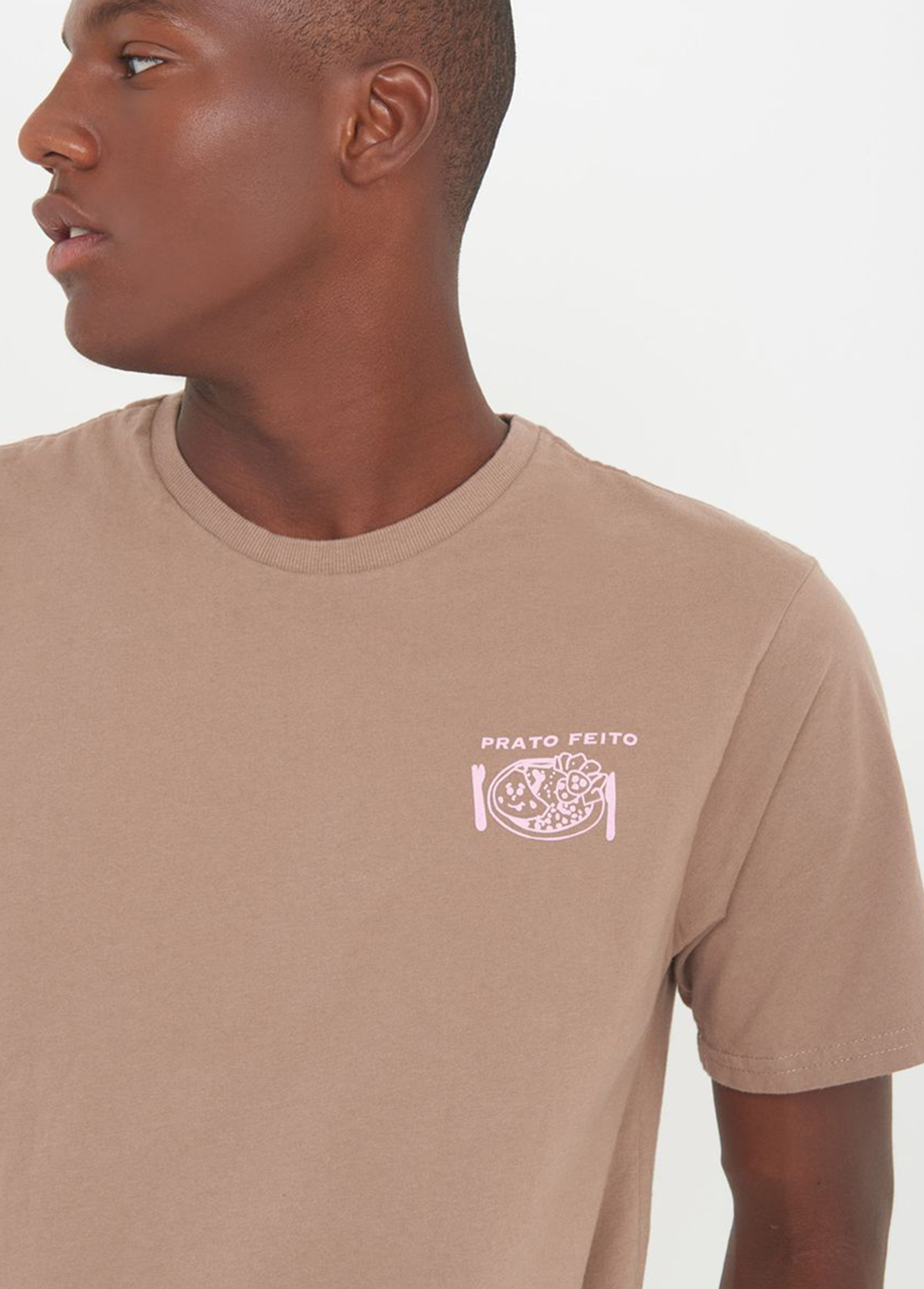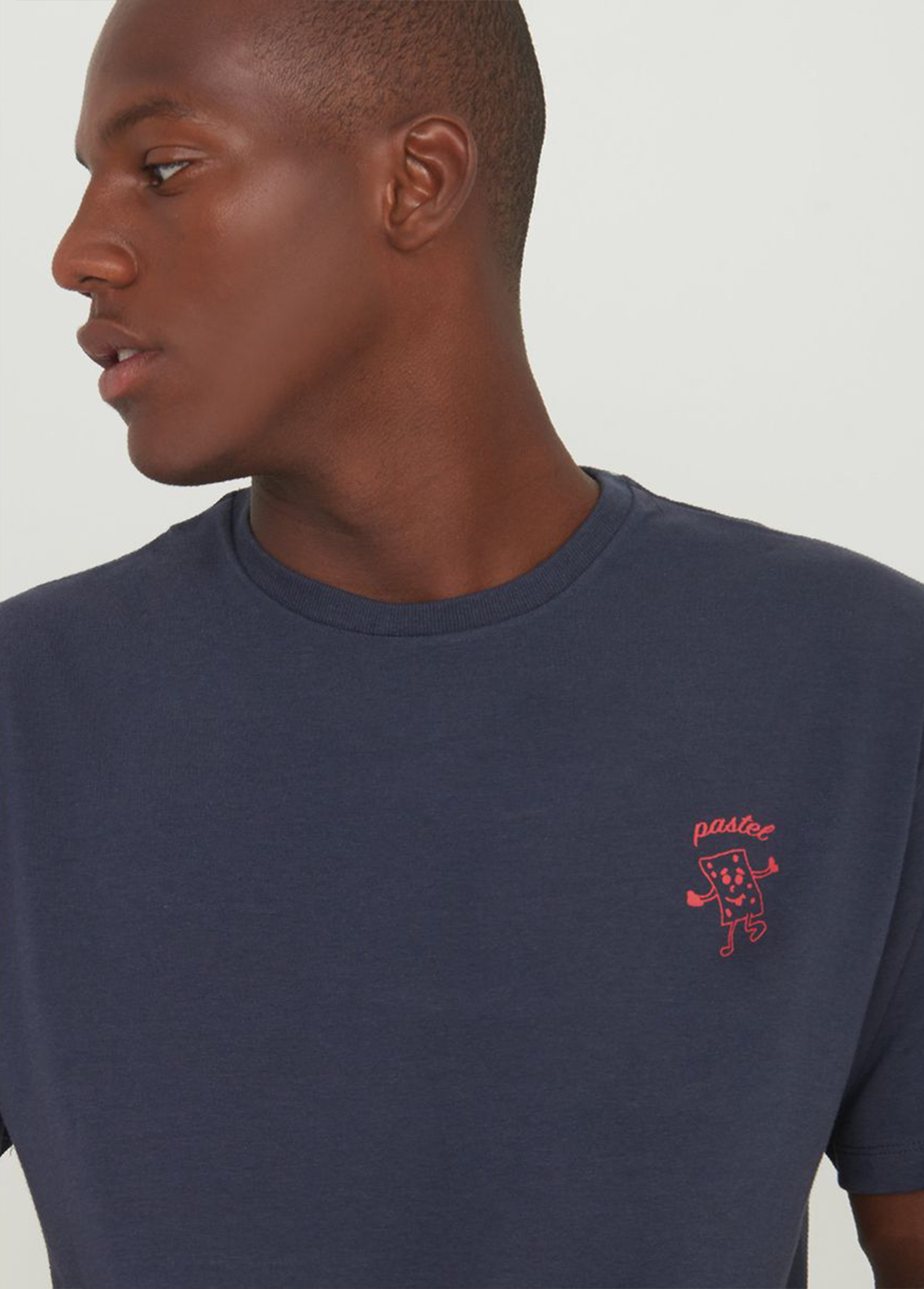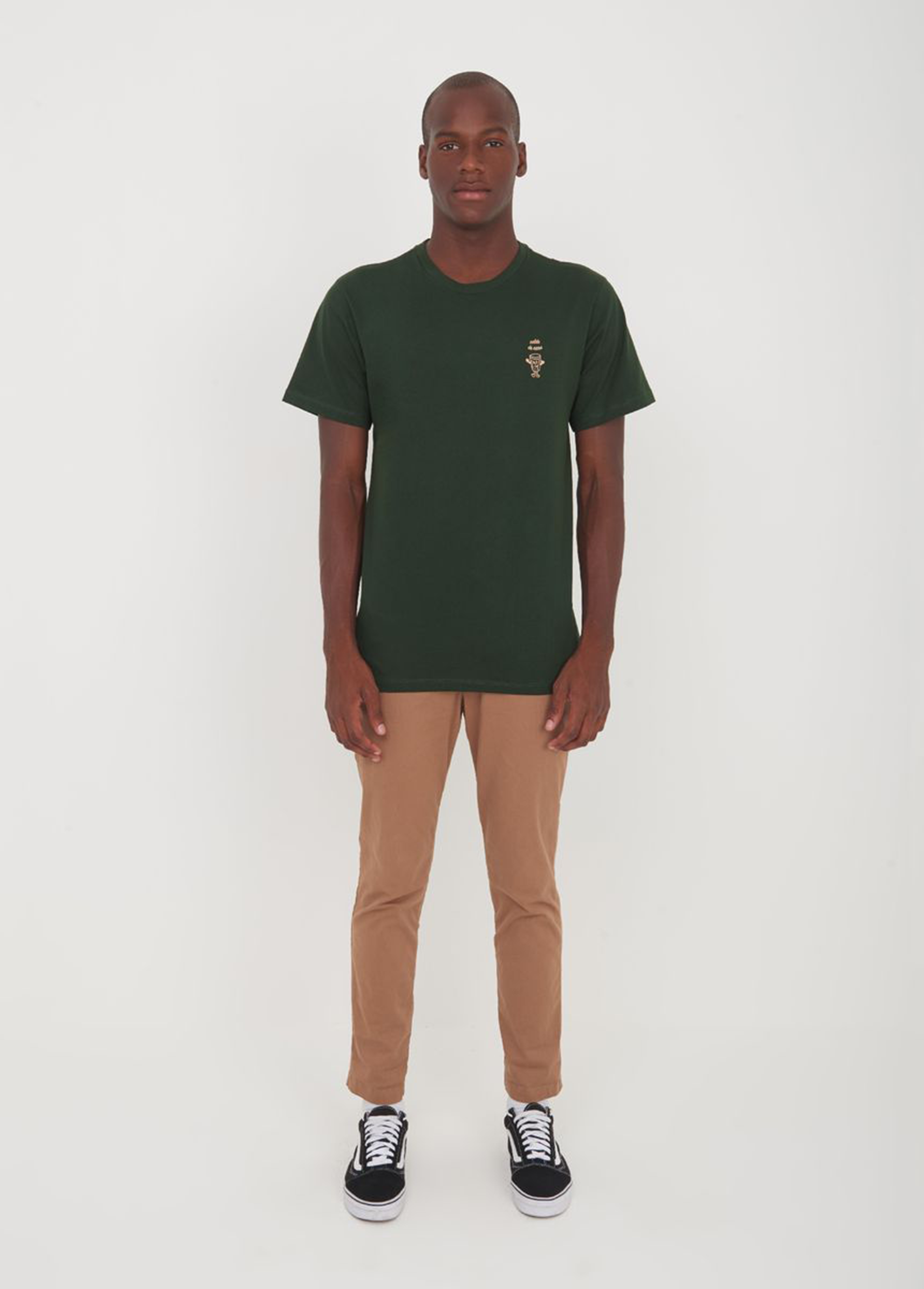










2018
Comissioned by Loja Três
Comissioned by Loja Três
Melhor do Brasil
Scope:
Illustration
Team:
I was invited by Três - a Carioca clothing brand - to develop a series of commissioned illustrations. The illustrations were inspired by the brazilian vernacular street fair design: humorous and easy to produce for screen printing.
The first one is about pastel. Pastel is a food consisting of a flour-based dough shaped like an envelope, filled and then fried by immersion in boiling oil. It is one of the foods most frequently found in street carts and popular commerce centers in Brazil. The second one, Caldo de Cana or Garapa is the liquid extracted from sugar cane in the milling process, in Brazil it is often found in kiosks to buy and drink fresh. And the last illustration, but not least, is that of the famous Prato Feito. Brazilians are certainly familiar with the concept of the blue plate special, if not the name. In cities everywhere in Brazil, as soon as the noon-hour approaches thousands of blue- and white-color workers leave their posts and head for a nearby restaurant for a meal, usually the main meal of their day. CEOs and executives might dine in luxury at expense-account restaurants, but the vast majority of Brazilian dine at simple, economic restaurants that serve a decent meal at a decent price and not much more. Most of these restaurants serve something called a prato feito (often abbreviated to PF on menus and signboards) and in restaurants where PF is on the menu, it's likely to be the most popular choice day in and day out. It's Brazil's blue plate special. The literal translation of prato feito would be "composed plate", and for a Brazilian it means a plate including rice, beans, french fries, some sort of protein (beef, chicken, fish), a fried egg and salada. Salada is usually just a leaf of lettuce with a slice or two of tomato on top. a PF is heavy on carbohydrates and protein and noticeably lacking in greens or vegetables. When well made, though, it's tasty, filling and cheap.
The typical dishes represent much of what the people of a certain place know and appreciate, including the ingredients of each region, the habits of food preparation, and so on. In other words, typical foods are nothing more than the most characteristic dishes of a region, a people or a country and I had a lot of fun representing them on these three illustrations,
The first one is about pastel. Pastel is a food consisting of a flour-based dough shaped like an envelope, filled and then fried by immersion in boiling oil. It is one of the foods most frequently found in street carts and popular commerce centers in Brazil. The second one, Caldo de Cana or Garapa is the liquid extracted from sugar cane in the milling process, in Brazil it is often found in kiosks to buy and drink fresh. And the last illustration, but not least, is that of the famous Prato Feito. Brazilians are certainly familiar with the concept of the blue plate special, if not the name. In cities everywhere in Brazil, as soon as the noon-hour approaches thousands of blue- and white-color workers leave their posts and head for a nearby restaurant for a meal, usually the main meal of their day. CEOs and executives might dine in luxury at expense-account restaurants, but the vast majority of Brazilian dine at simple, economic restaurants that serve a decent meal at a decent price and not much more. Most of these restaurants serve something called a prato feito (often abbreviated to PF on menus and signboards) and in restaurants where PF is on the menu, it's likely to be the most popular choice day in and day out. It's Brazil's blue plate special. The literal translation of prato feito would be "composed plate", and for a Brazilian it means a plate including rice, beans, french fries, some sort of protein (beef, chicken, fish), a fried egg and salada. Salada is usually just a leaf of lettuce with a slice or two of tomato on top. a PF is heavy on carbohydrates and protein and noticeably lacking in greens or vegetables. When well made, though, it's tasty, filling and cheap.
The typical dishes represent much of what the people of a certain place know and appreciate, including the ingredients of each region, the habits of food preparation, and so on. In other words, typical foods are nothing more than the most characteristic dishes of a region, a people or a country and I had a lot of fun representing them on these three illustrations,
Scope:
Illustration
Team:
Design Direction and Illustration: Dandara Hahn
Três Manager: Matheus Vieira
Três Manager: Matheus Vieira